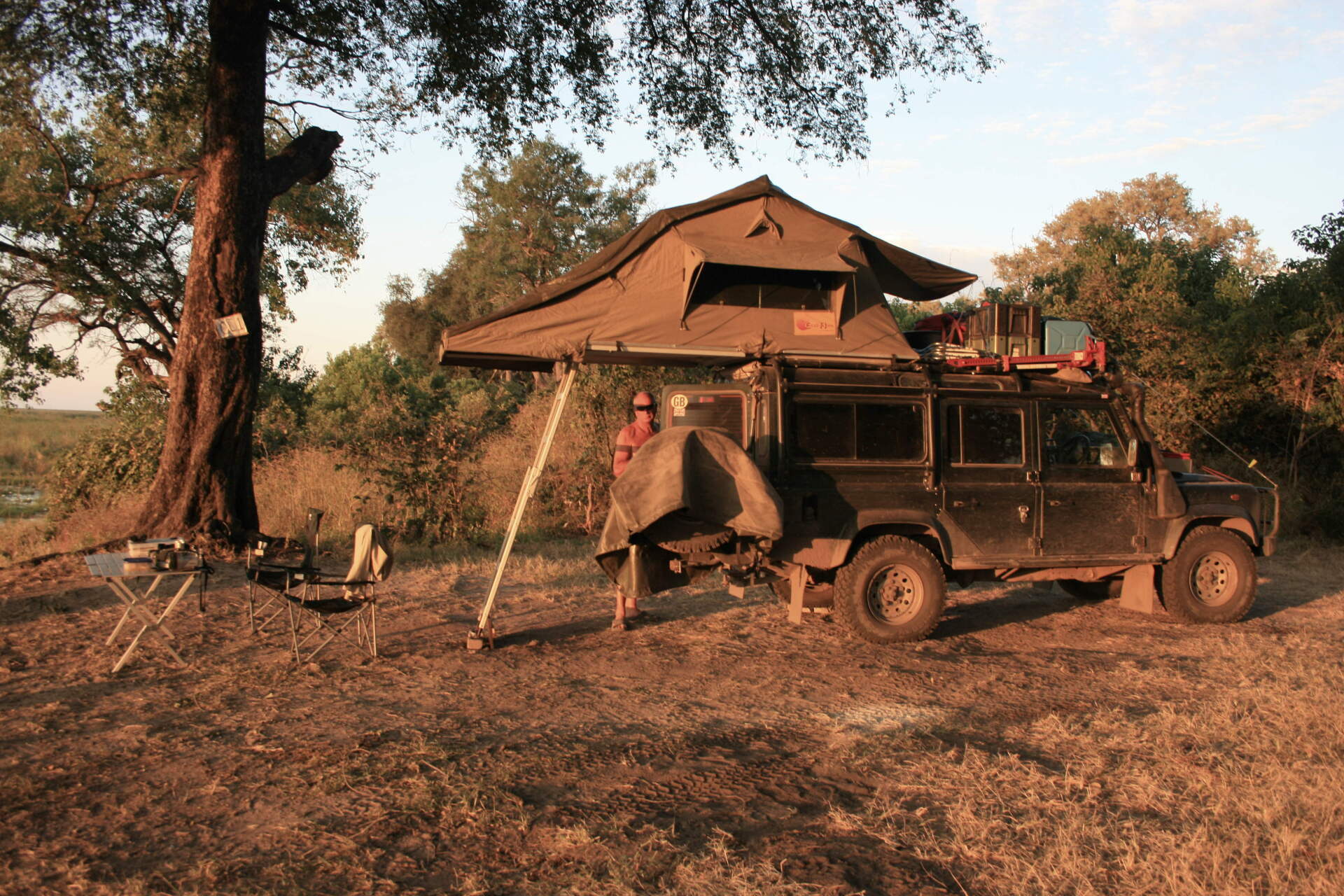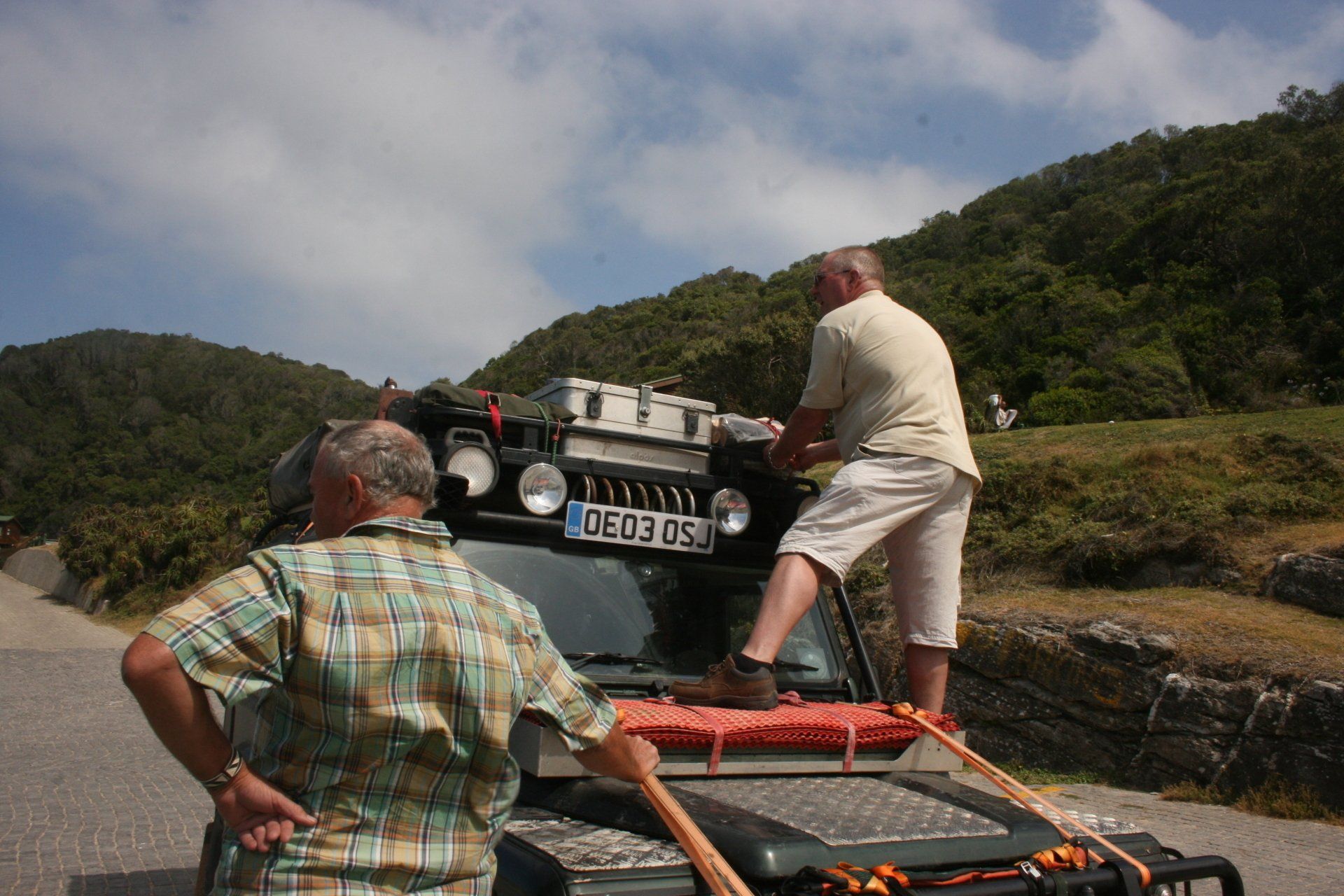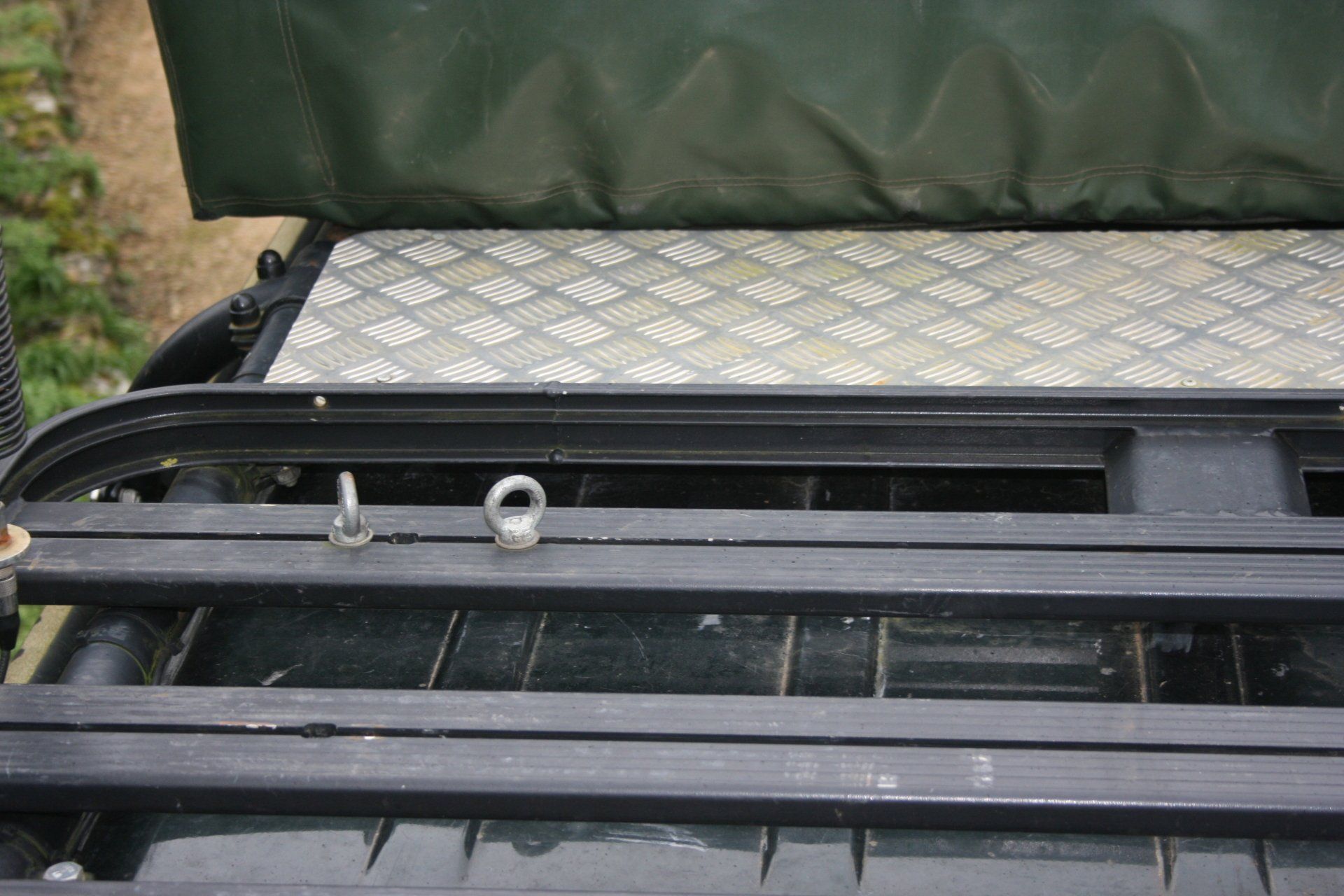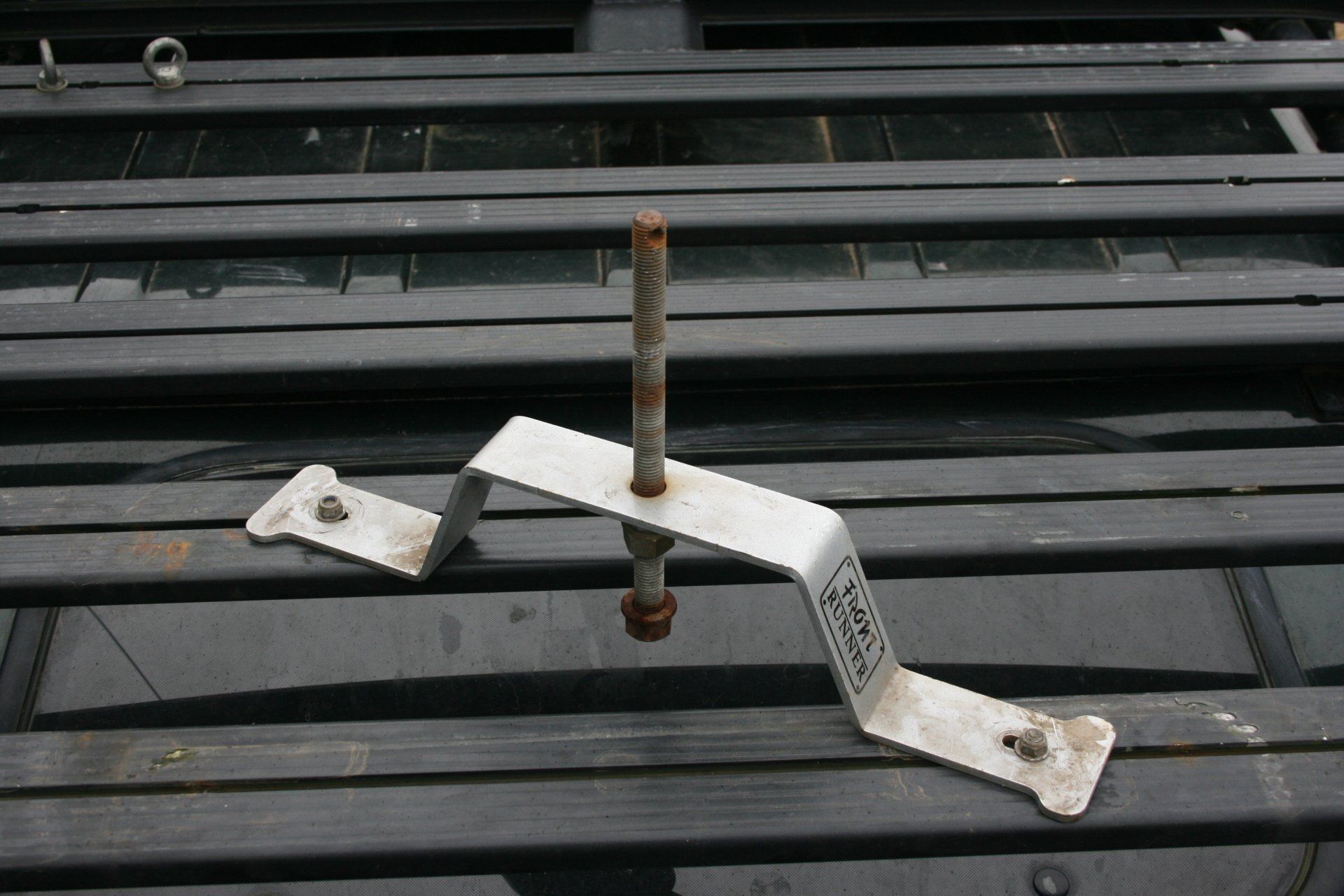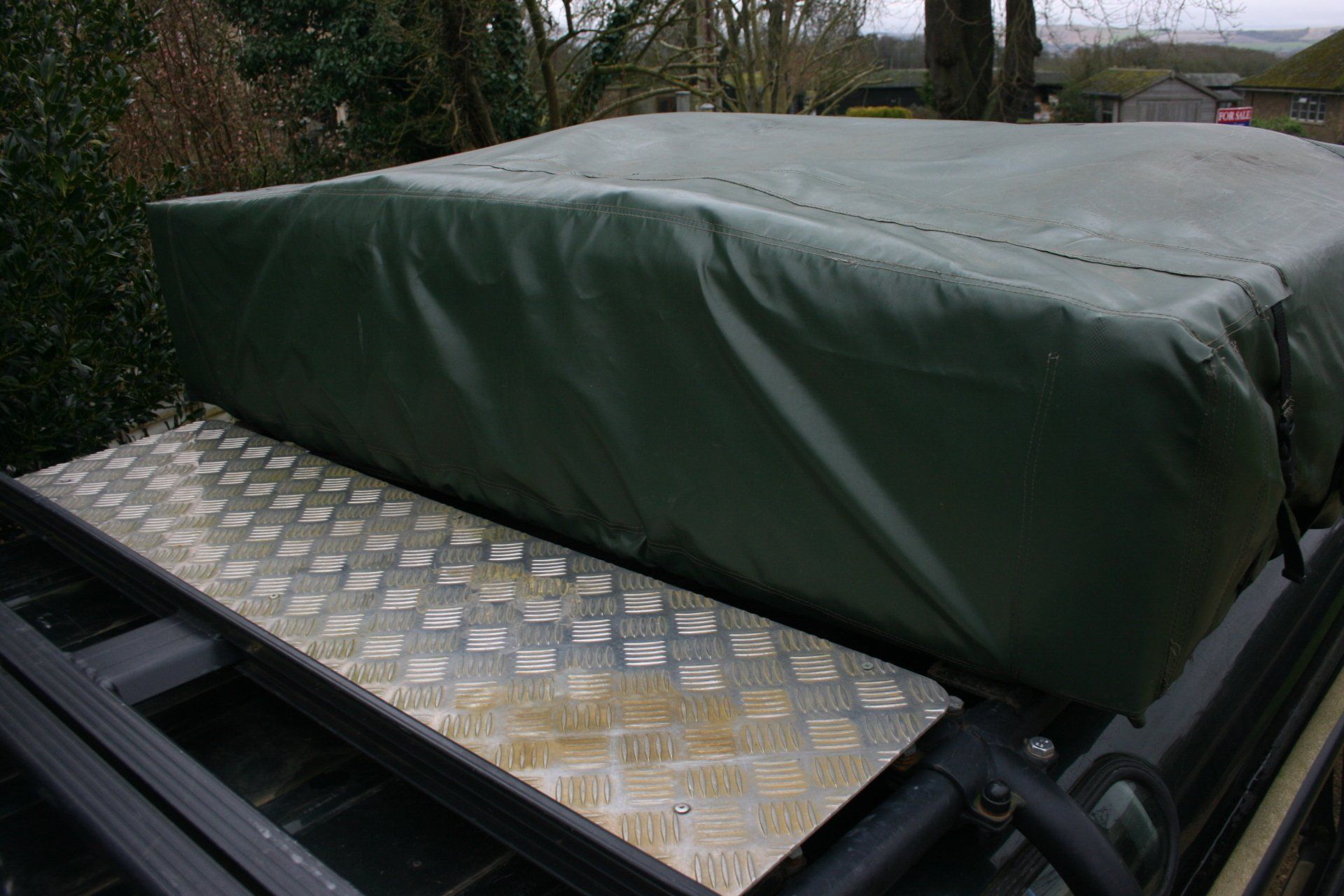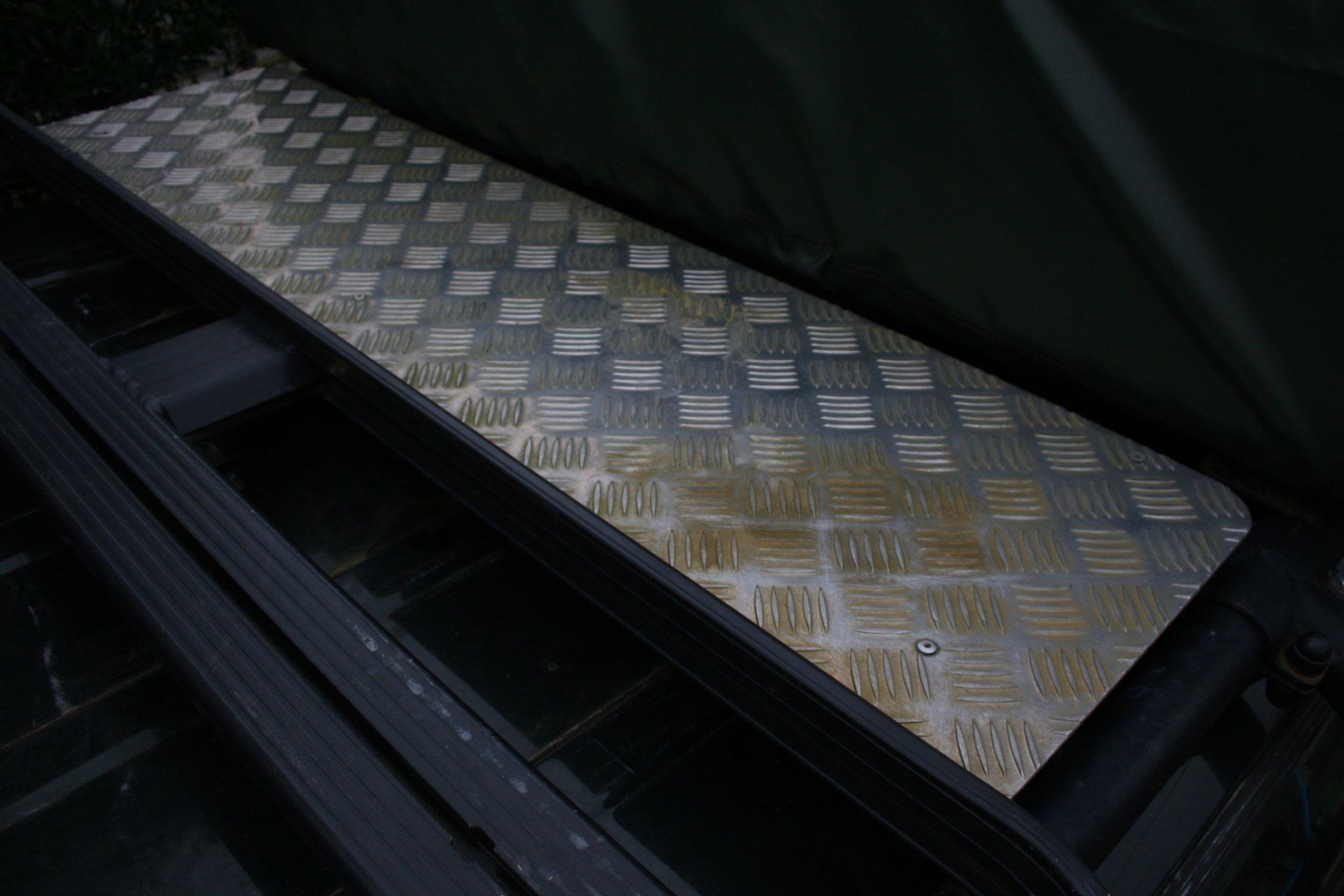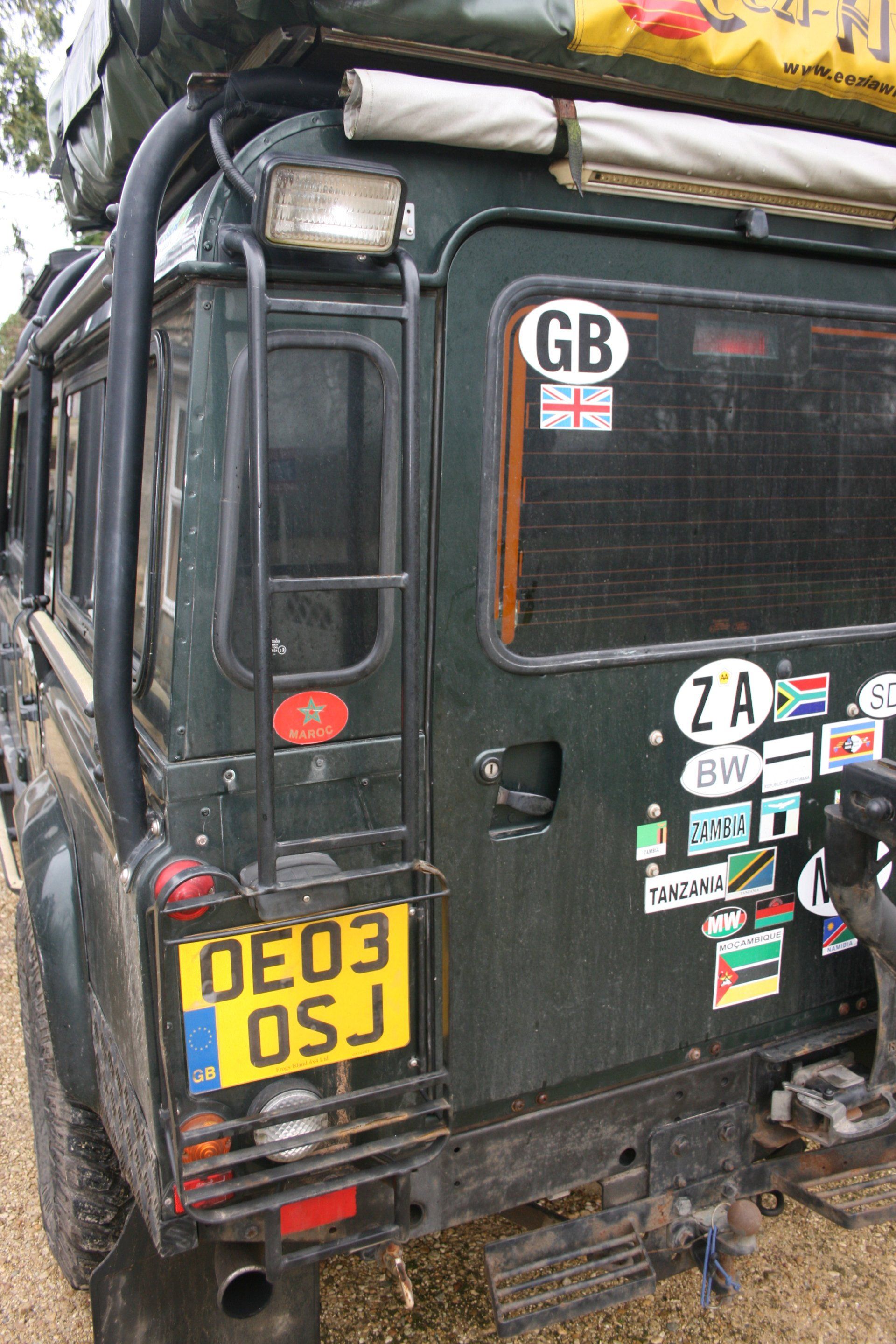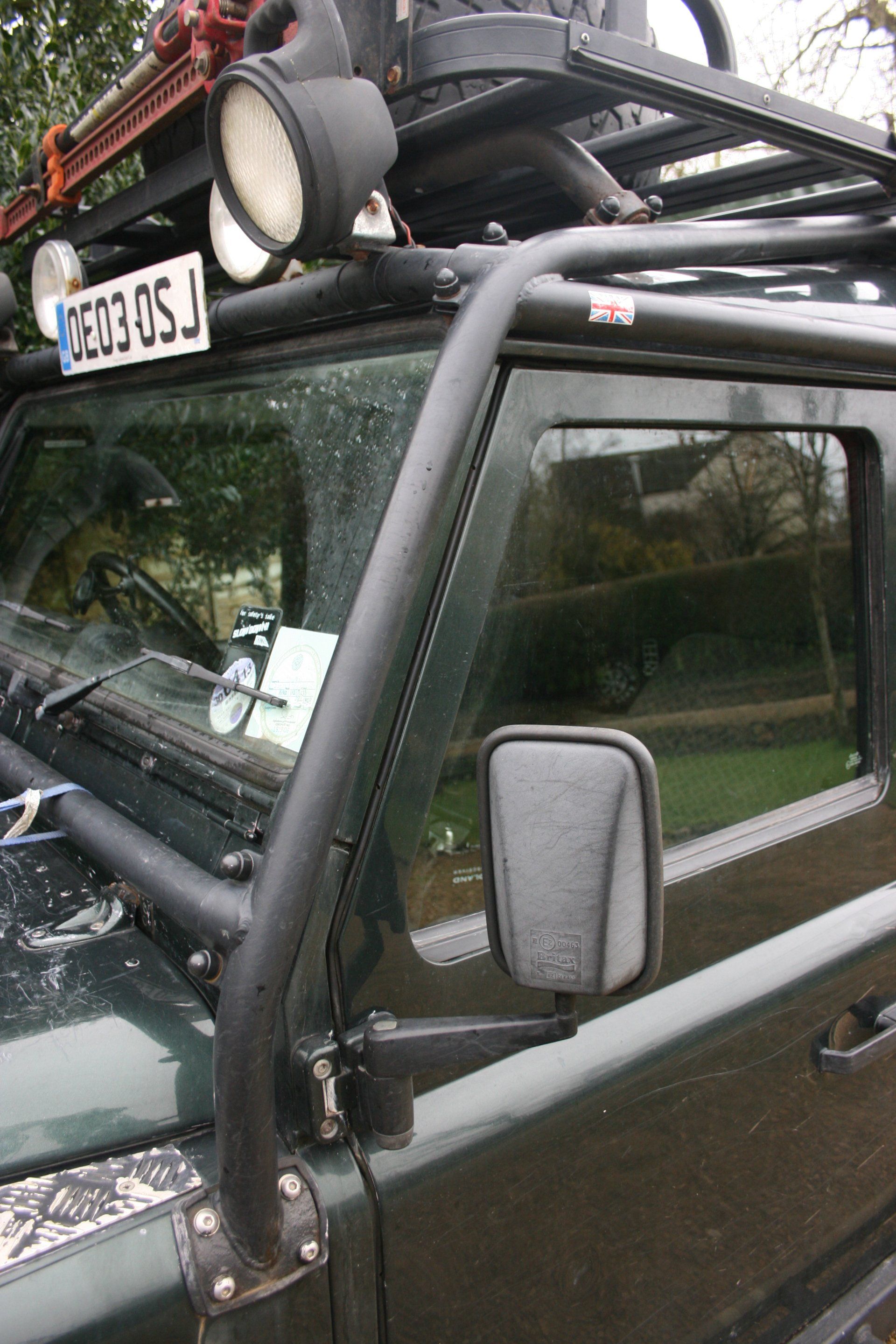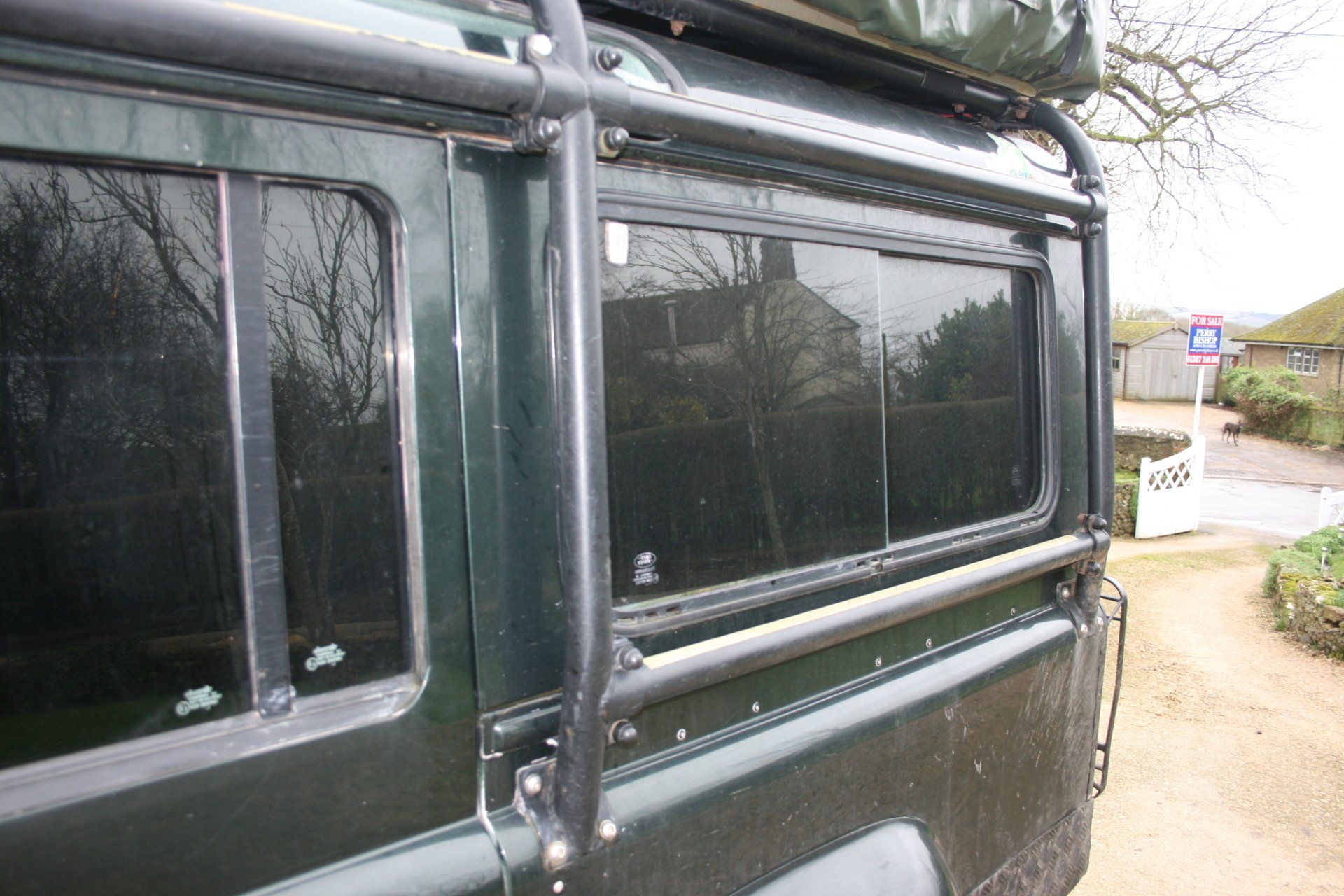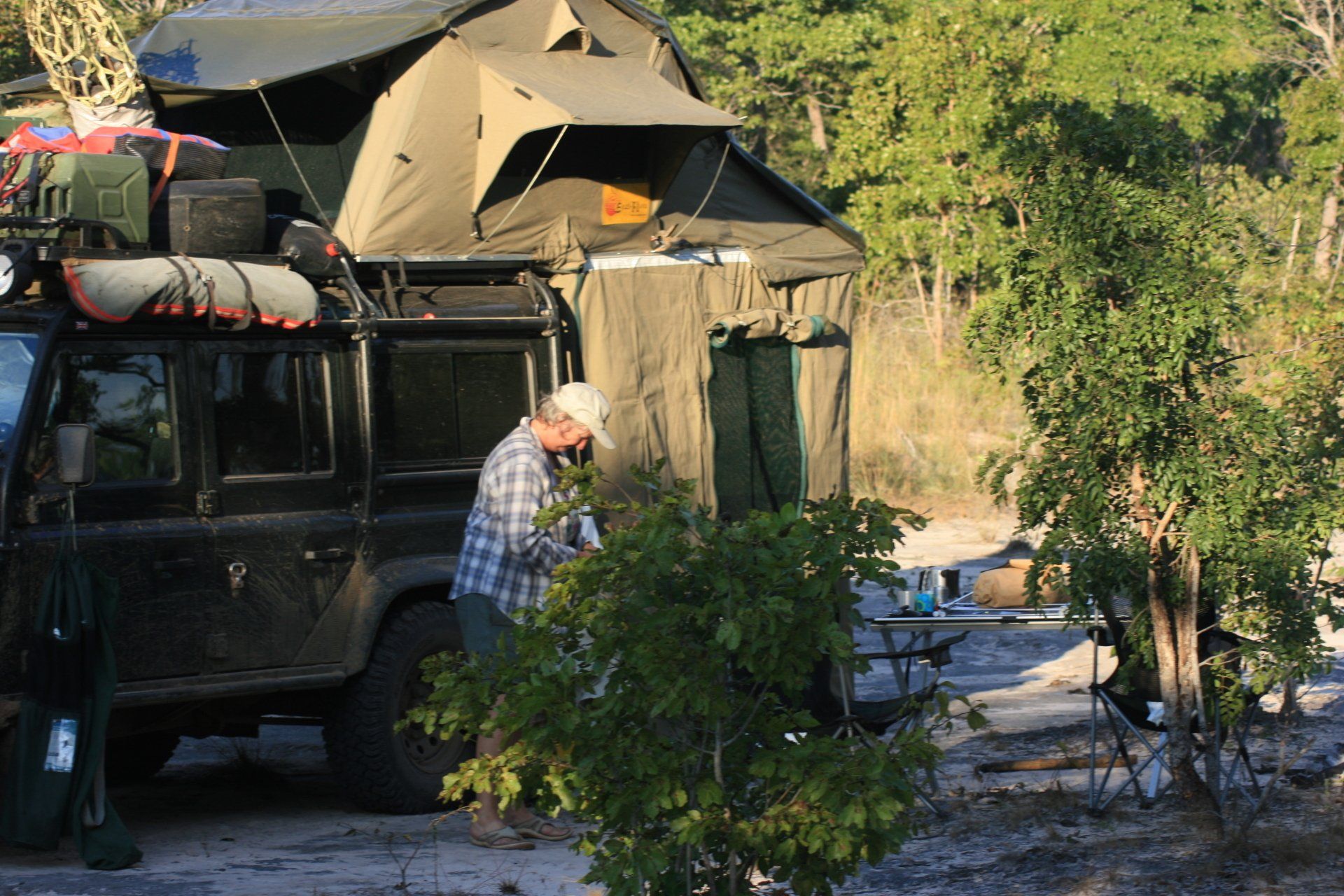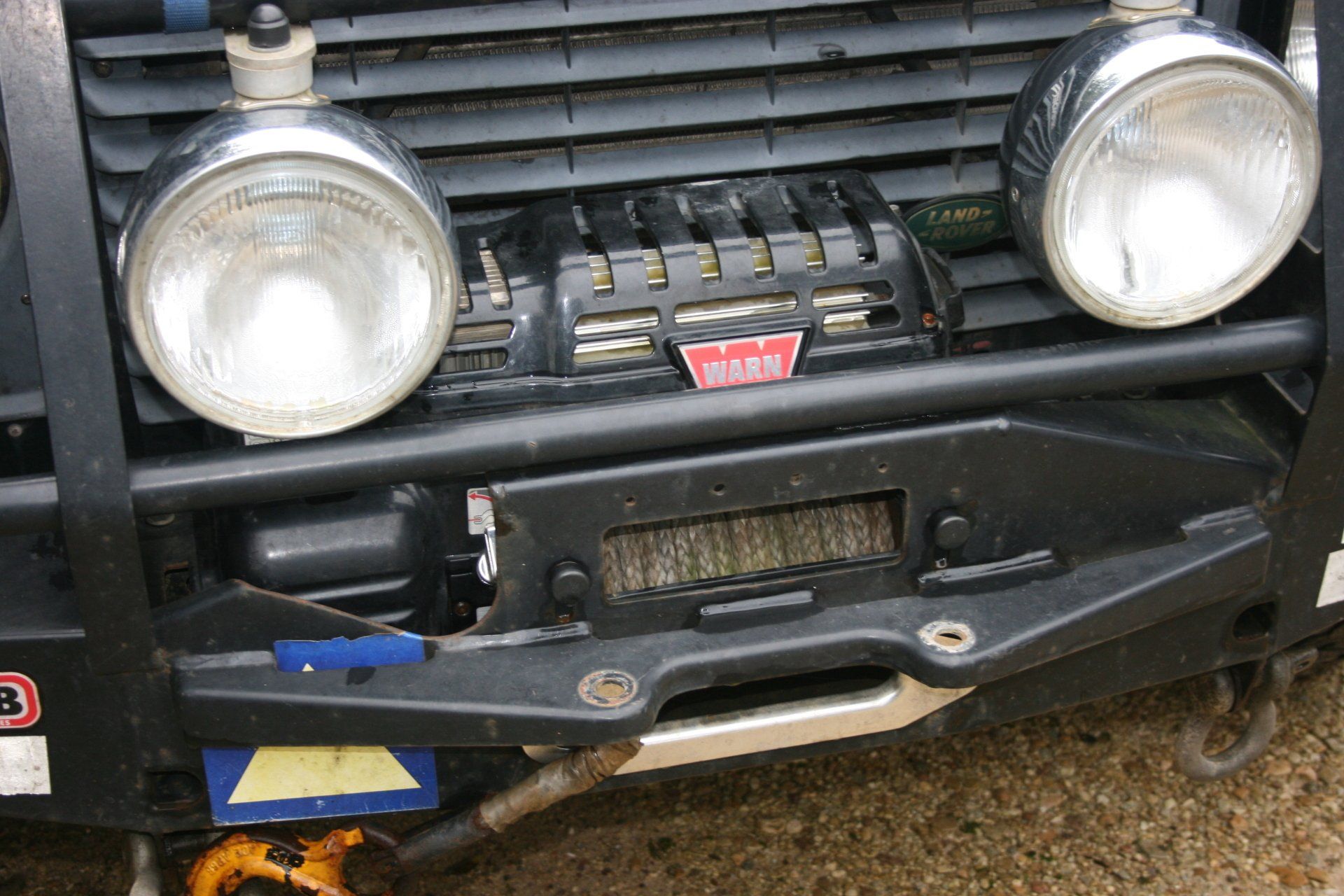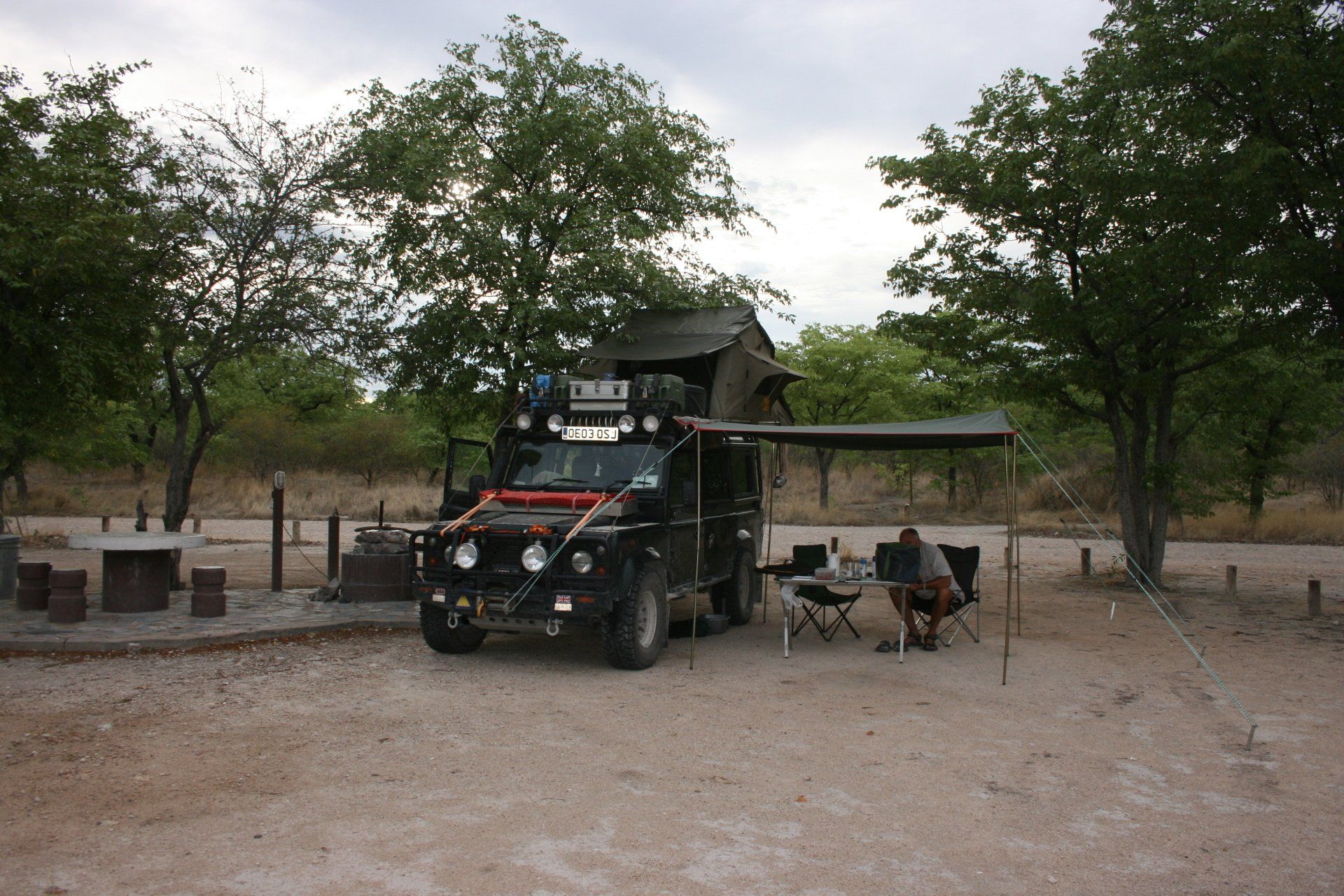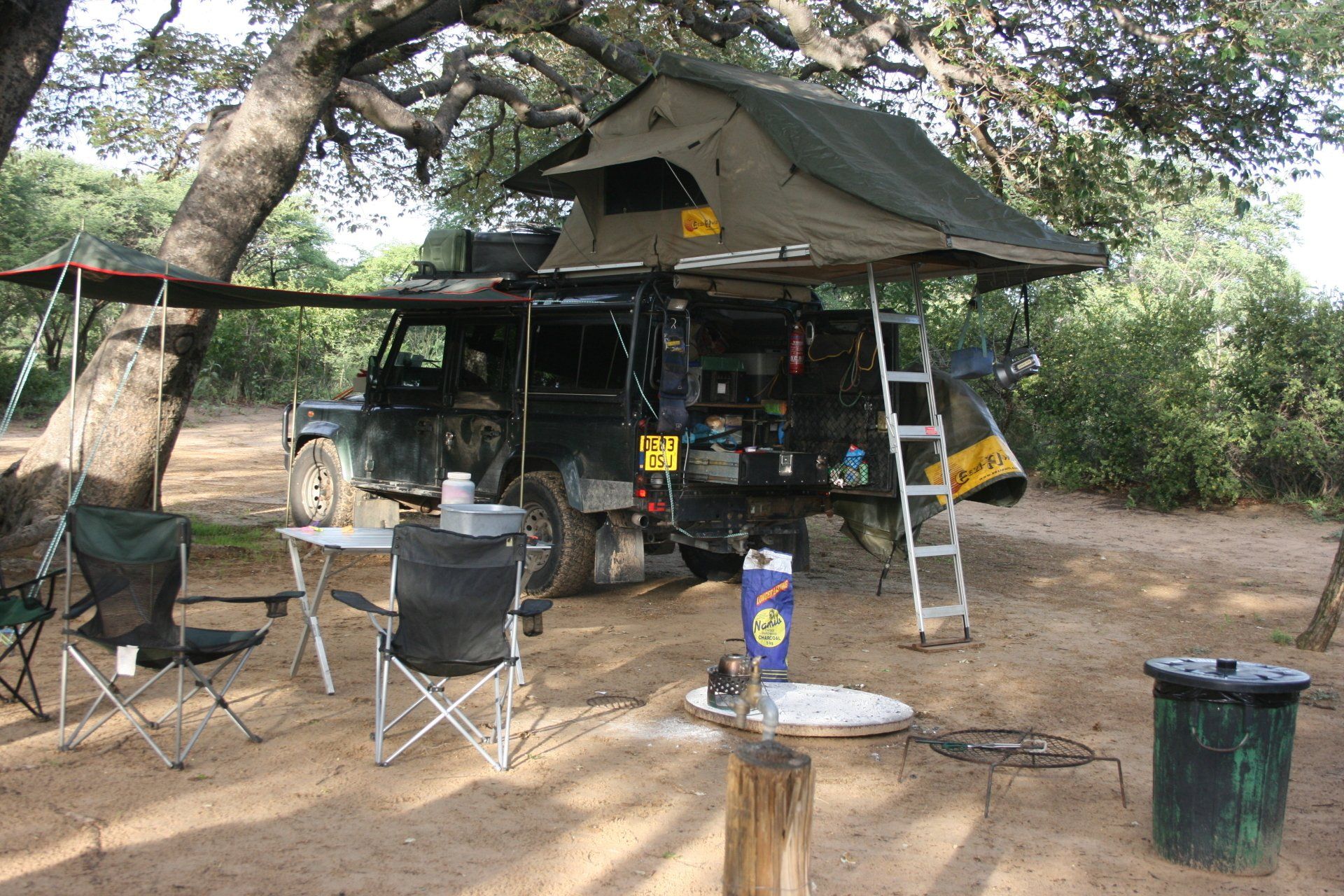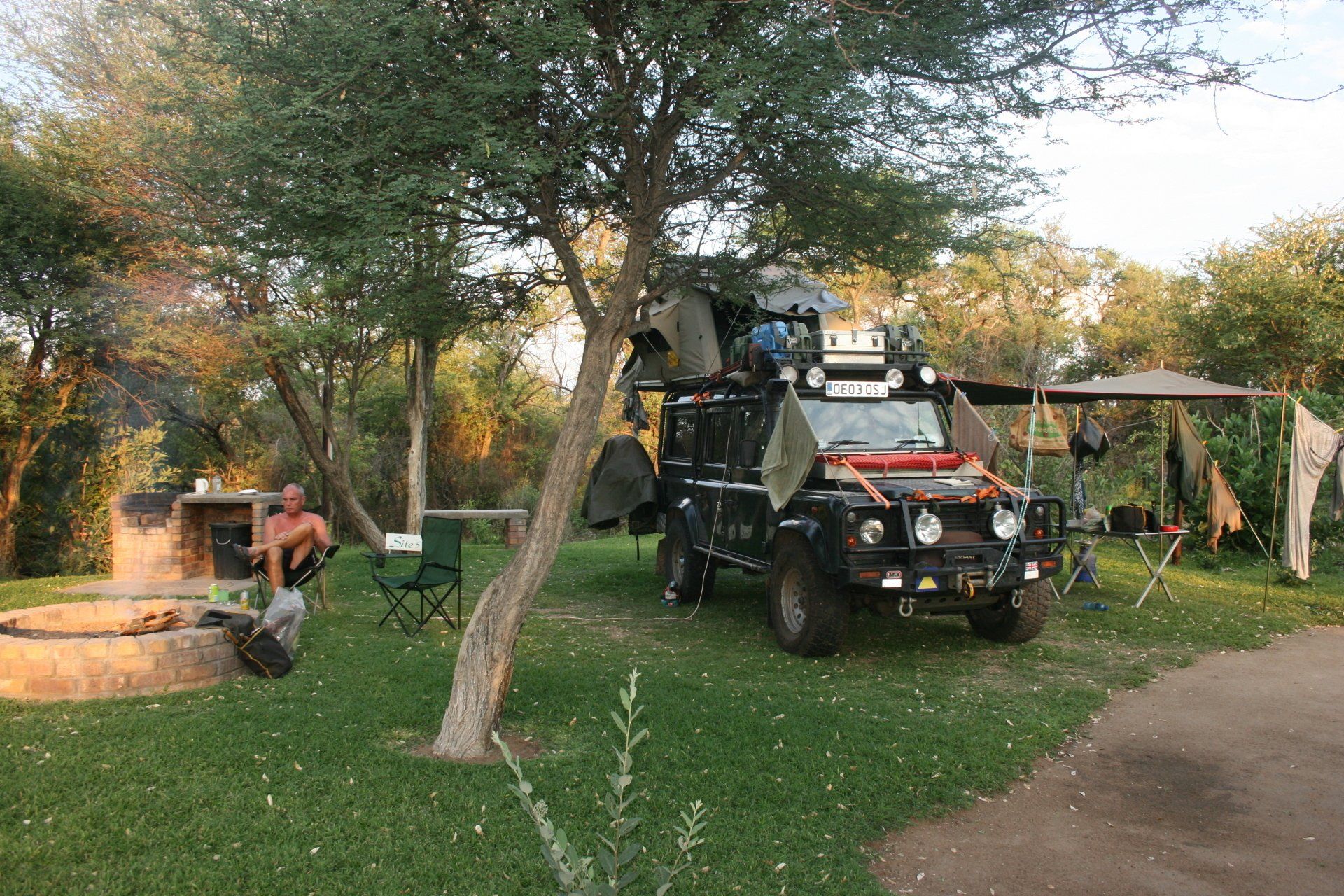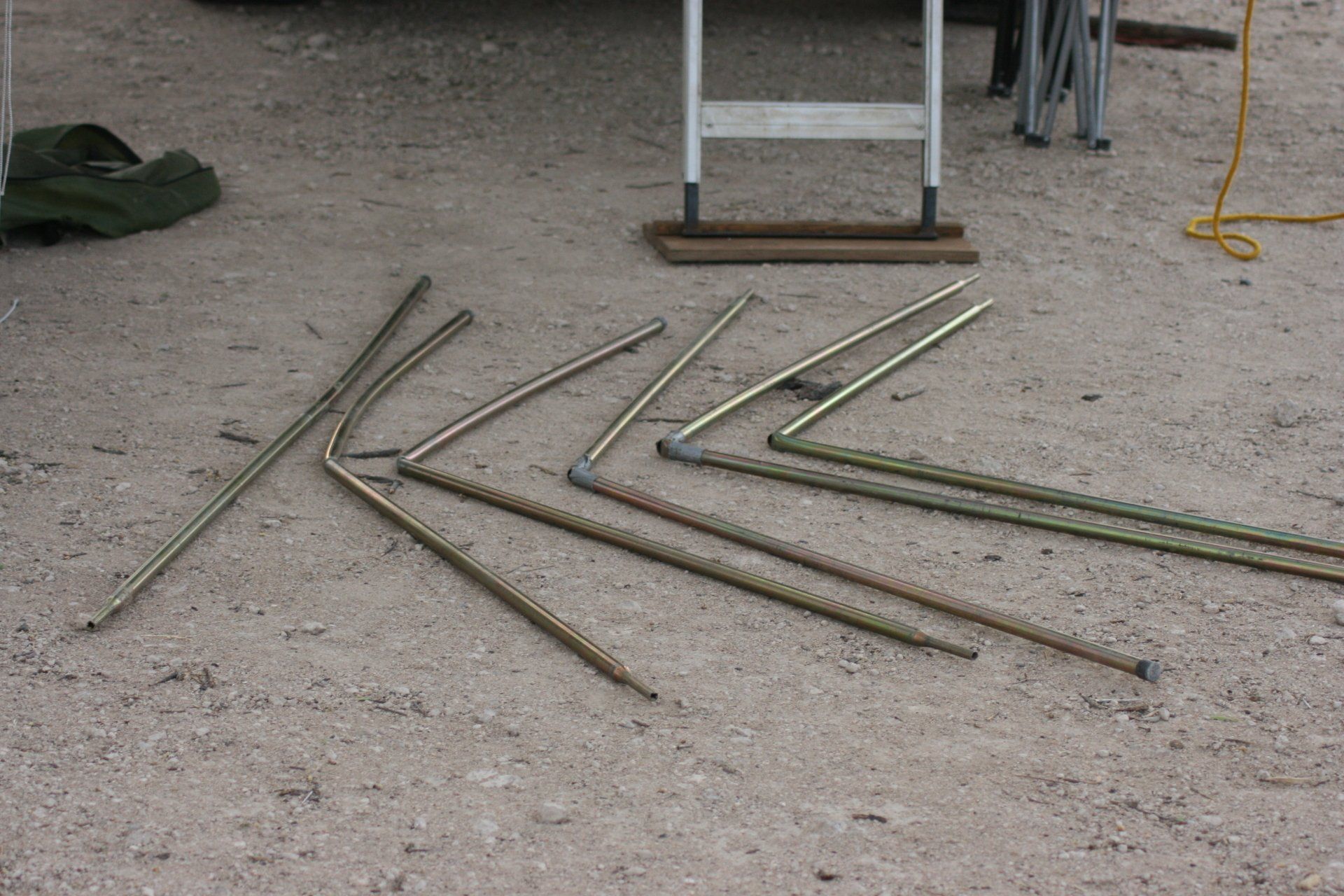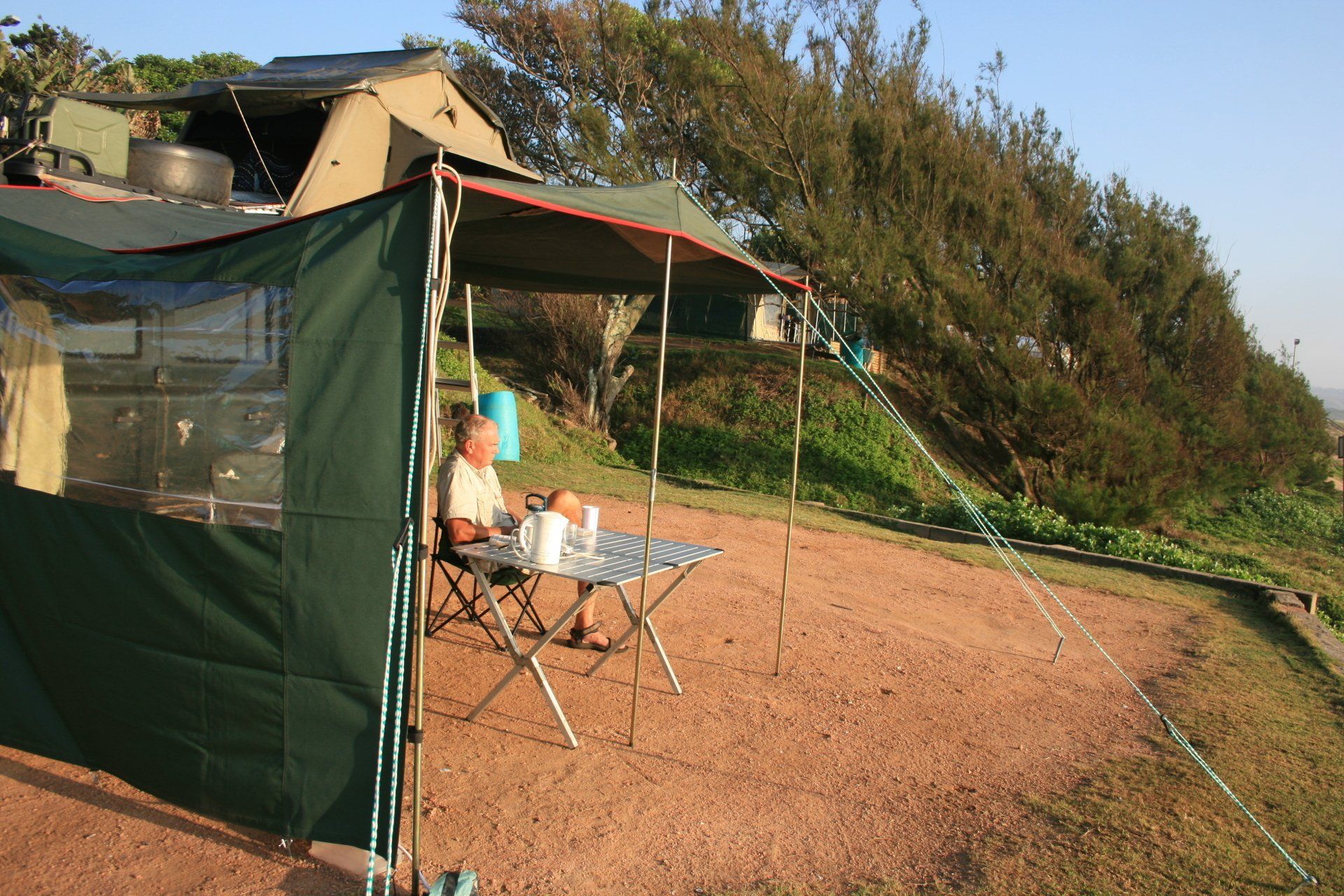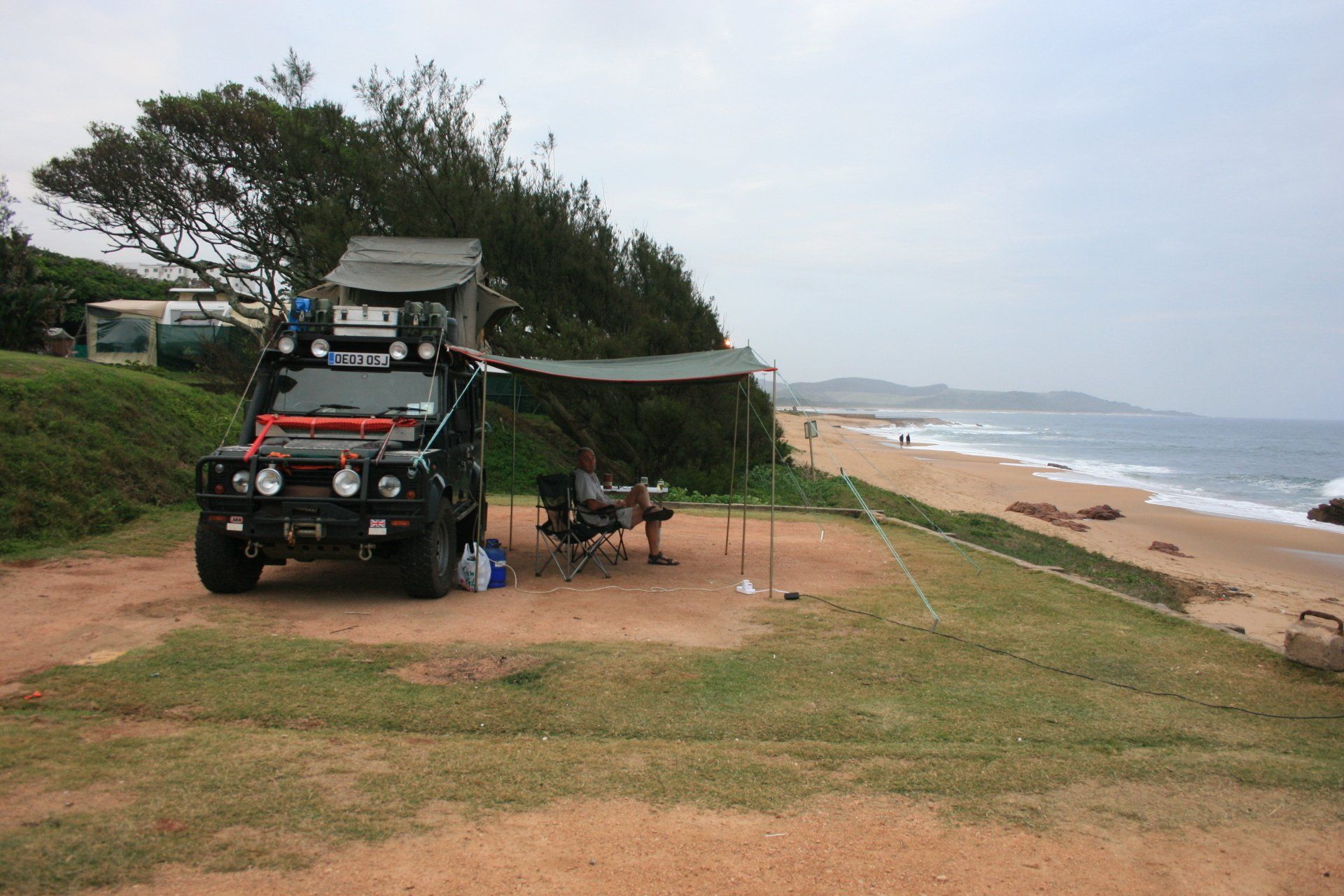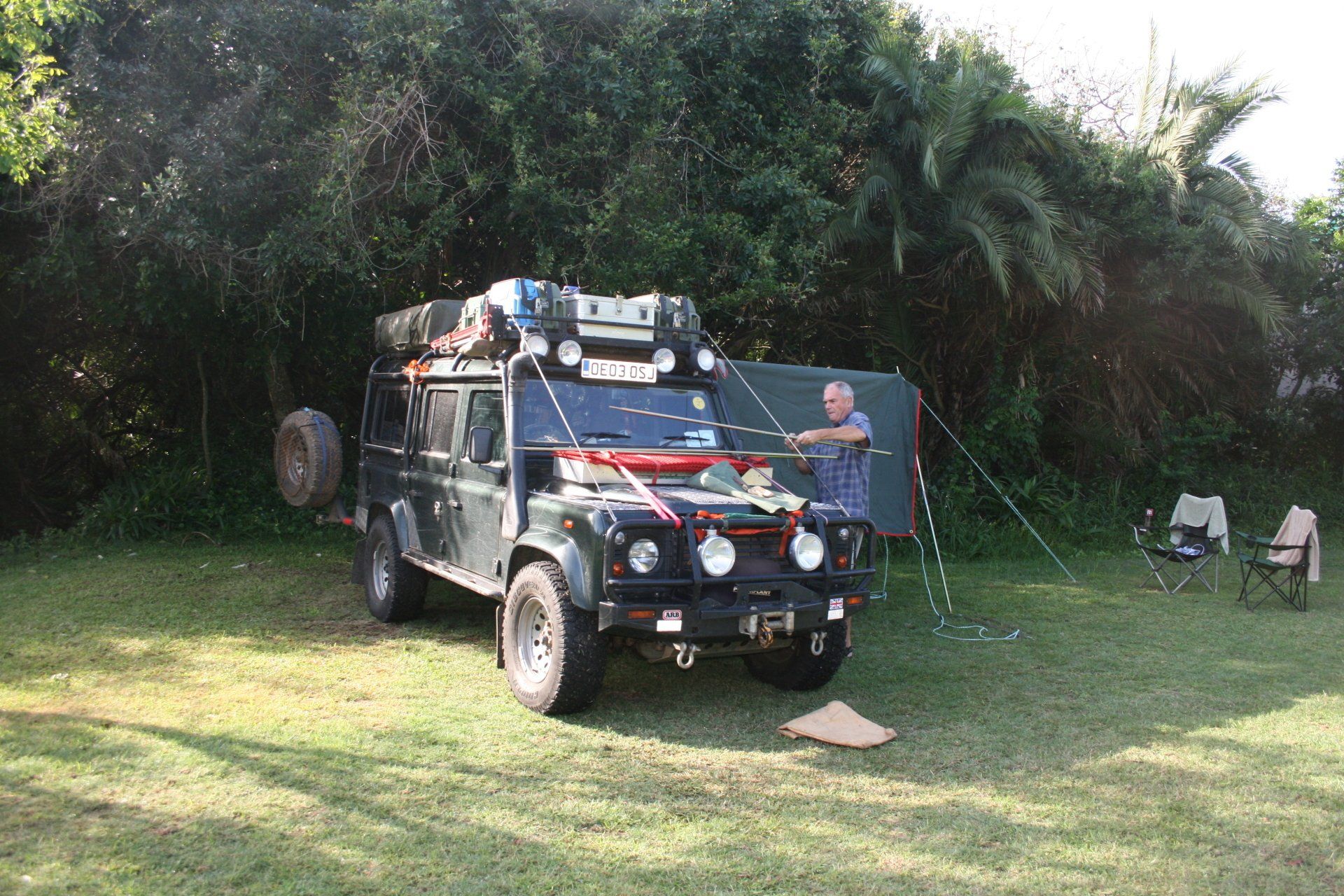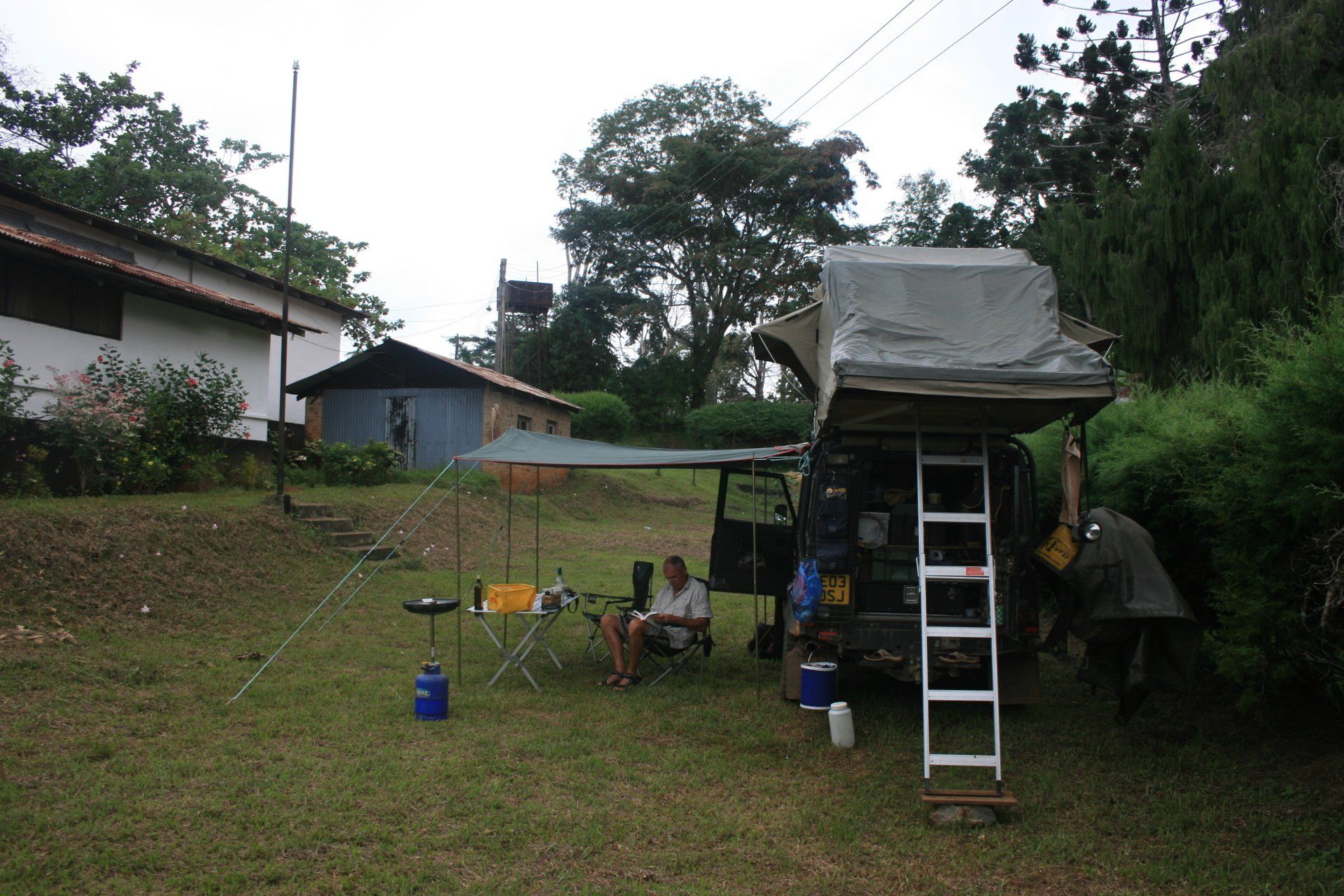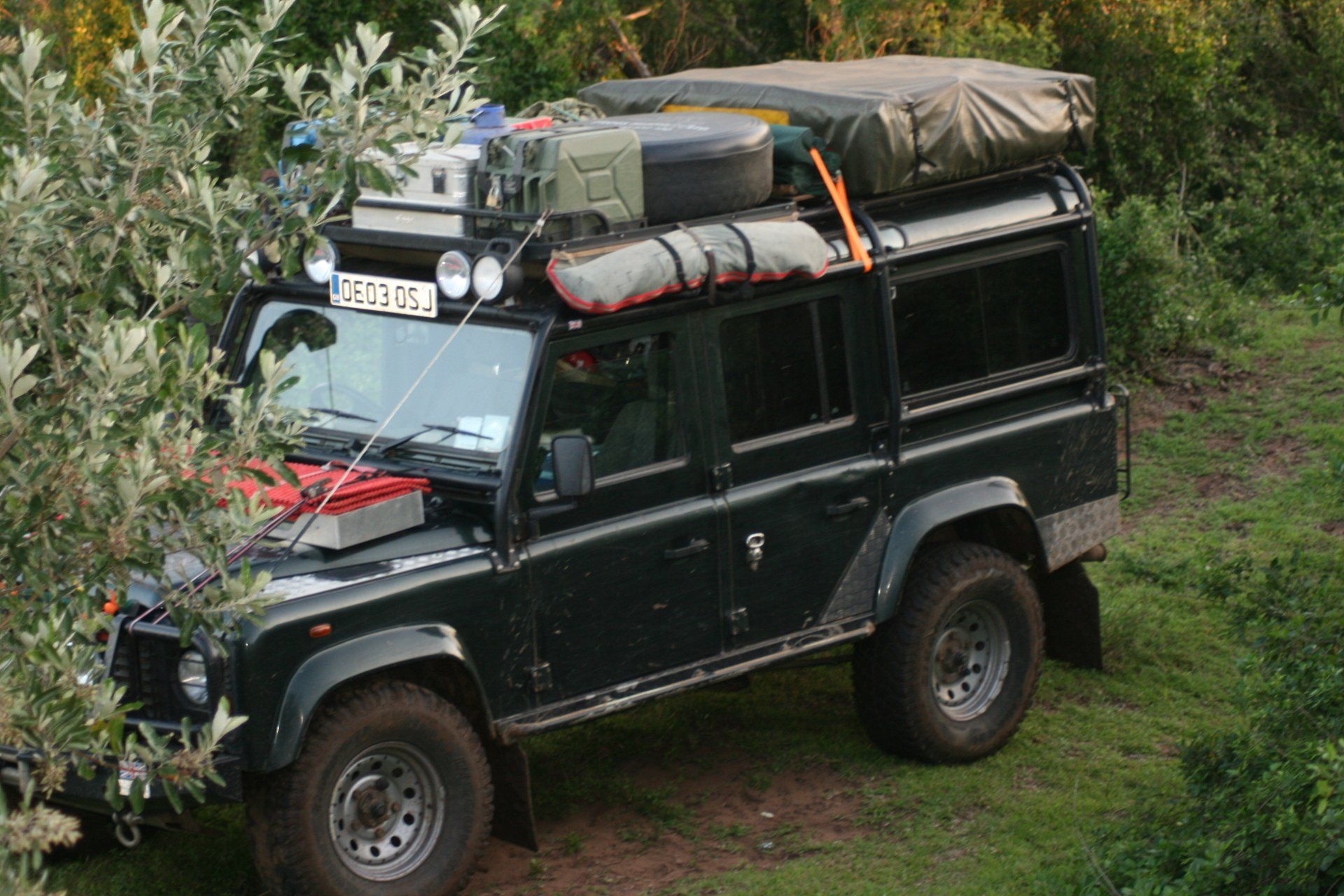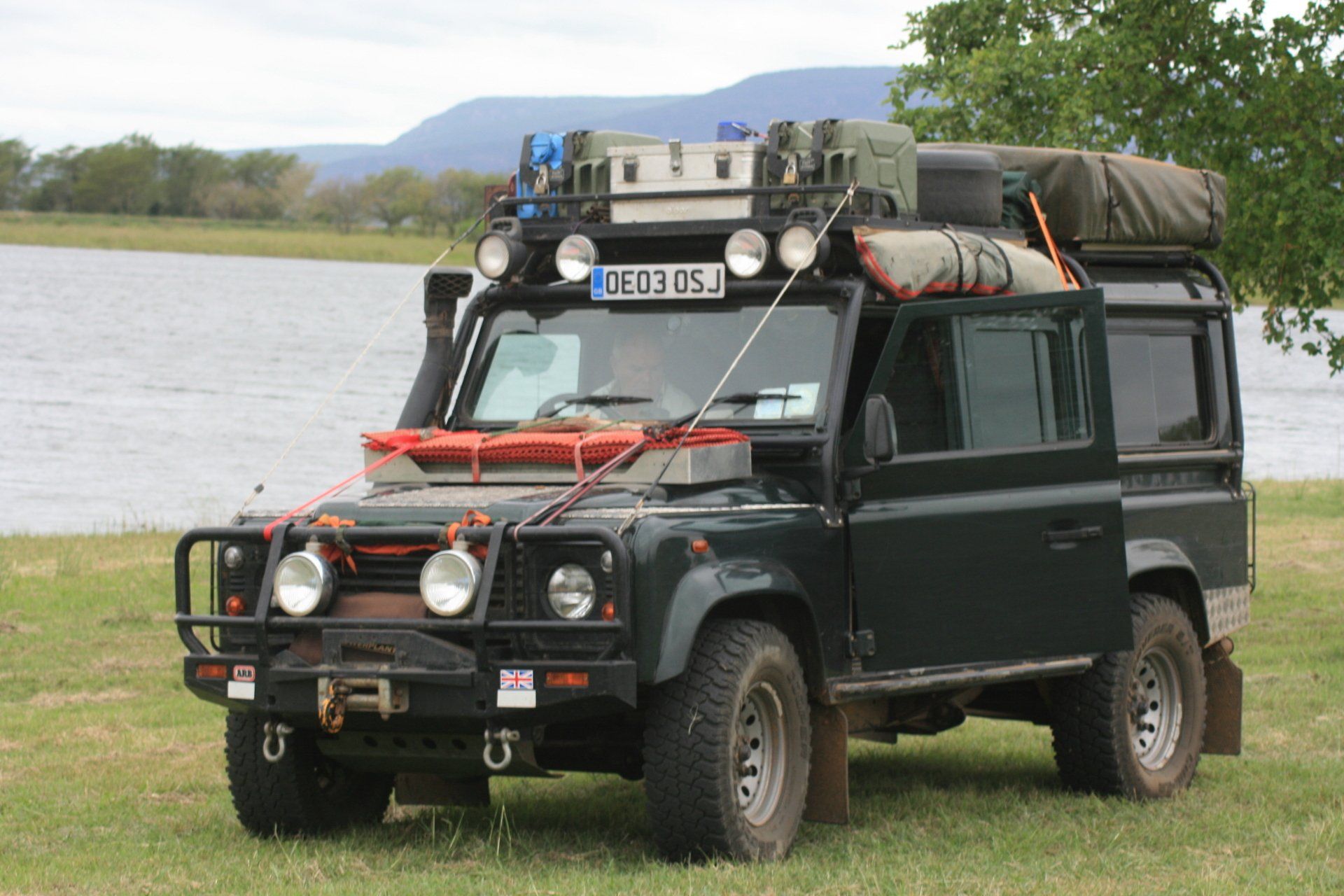Africa4x4
African Adventure - Our Trip
Roof tent; Awnings; roll cage; roof rack
Slide title
Write your caption hereButtonSlide title
Write your caption hereButtonSlide title
Write your caption hereButtonSlide title
Write your caption hereButtonSlide title
Write your caption hereButtonSlide title
Write your caption hereButtonSlide title
Write your caption hereButtonSlide title
Write your caption hereButtonSlide title
Write your caption hereButtonSlide title
Write your caption hereButtonSlide title
Write your caption hereButtonSlide title
Write your caption hereButtonSlide title
Write your caption hereButtonSlide title
Write your caption hereButtonSlide title
Write your caption hereButtonSlide title
Write your caption hereButtonSlide title
Write your caption hereButtonSlide title
Write your caption hereButtonSlide title
Write your caption hereButtonSlide title
Write your caption hereButtonSlide title
Write your caption hereButtonSlide title
Write your caption hereButtonSlide title
Write your caption hereButton
ROOF TENT; AWNINGS; ROLL CAGE; ROOF RACK
Eezi-awn Roof Tent
One of the most important pieces of equipment of our trip as it would be our bedroom/changing room/ wet-weather room/and more, for the year.
We settled upon the Eezi-awn 1.4 T-Top roof tent with side skirts. Initially fitted at the front of the vehicle opening to the nearside but eventually moved to the rear of the vehicle with it opening to the rear (with roof rack moved to front).
The main reason for moving it was because the awning sides were designed to fit the opening rear door rather than the side doors; the 1.4 one is about as wide as will fit in this position. The tent is 1.4 metres wide and when opened, 2.6 metres long, giving a very generous bedroom with ample headroom.
The T-Top model has an addition pull out canopy that encloses the rear opening and ladder which means the ladder is enclosed by the awnings sides if need be – I made up guy ropes to tether the two rear corners in very windy conditions. With the tent fitted at the rear of the vehicle the rear flap opening was out onto the roof rack giving access to the roof contents and an alternative exit. The standard ladder needs to be extended to allow for the extra height but cannot be permanently fixed as it will protrude beyond the closed tent and foul the tent cover. We took a plywood support to prevent the ladder sinking in sand.
The tent cover was secured by a ratchet strap around which did kept out all the dust from getting inside the tent. It did suffer a fair amount from acacia and bush thorns and whilst it never ripped the stitching was worn away in places. Next time I would design some sort of strengthening for the two front corners that take the brunt of the bushes. [The cover was replaced back in the UK as the waterproofing had broken down; presumably the effects of sunlight over time]
We supplement the standard mattress with a memory mattress that made it very comfortable. We had assumed that we would spend a few nights at a time in the tent before having a few nights in a lodge to recover: as it happens we were so at home with the tent we spent very few nights away from it.
The tent was fitted with fly screens that worked fine but we did at one stage supplement this with a mosquito net strung up inside, but this made it quite claustrophobic.
We had to remember to lock the vehicle on the key each night rather than with the key fob that would arm the alarm so we weren’t awoken to the alarm shattering the peace.
We assumed we would use the roof tent awning sides to give us protection from wild animals as it meant the tent ladder exited into the enclosed space below and for protection from the elements. As it was we rarely used the sides and for the space they took up could be regarded as a luxury.
We were conscious that once we were up in the tent there was an outside chance that we could be attacked by people or more likely trapped by wild animals. We had two exits; down the ladder or out onto the roof. We took to bed with us items for security and comfort: water, wind-up and big torch, sat phone, uni-sex ‘pee’ bottle & hunting knife; (my ear plugs lived in the tent pocket!). Also had to remember to take up tomorrow’s change of clothes! We had two folding back-rests to make reading in bed easier that were reasonably successful, although mine broke when I threw it at a monkey in Zimbabwe!
Bedouin Awning & sides
An awning that attaches to the vehicle and opens up (approx. 3.5m x 2.7m) supported by poles. It could be left attached to a rail attached to the roof rack and with practice could be rolled up with the poles and guys to fit into its still attached zipped 1.1 metres long canvass bag. It then could be left on the vehicle or detached and stored elsewhere – if fitted to the side it needed a means of securing to prevent it being dragged off the rail by bushes – I used a strap.
Initially fitted to the rear of the vehicle it was ideal as a shelter whilst working out of the rear of the vehicle. With the change of roof tent position the awning would no longer fit and was moved to the nearside of the vehicle; the two poles nearest the vehicle could be tied off to the vehicle. Offside was an alternative but would have meant walking around the spare wheel carrier and rear door so easier to be on nearside.
The awning spent most of its time on the outside as it took up too much room inside. This worked reasonably well but leaving the stored awning in situ meant it was very susceptible to acacia thorns, of which it found plenty. Would re-think this set up on a future trip. The awning wasn’t used much until the end of the trip when we experienced a lot of rain and occasionally the sides were used to keep out the driving rain.
There are many alternatives on the market but bear in mind acacia trees are not selective so consider protection for side fitted ones.
The awning came with heavy duty attached guy ropes and a total of six poles allowing it to be used free-standing: we only used it once in this mode, Christmas in Etosha - with disastrous consequences thanks to the long tent pegs intended for sand use and guy ropes being stronger than 5 of the 6 poles.
Lapa Safari Windbreak
Purchased in the UK and intended for use as a screen for protection from the elements or animals – we only used it twice as a wind break. The 4 panel mesh screen is about 6 metres long and 1.5 metres high – this meant it was too long to store inside and lived on the roof: should have left it behind or better still, not bought it in the first place!
Rear Awning
Having moved the Bedouin awning to the side we no longer had rear shelter from the rain or sun when the tent wasn’t up. I quite fancied a bespoke self-supporting one but they were silly money for the size. I ended up making my own out of a section of old caravan awning, two cut down awning poles and a broom handle that worked splendidly and I was quite proud of it, especially as it had cost all of £1.50. However, never used it as whenever we were in camp the tent was up and served the same purpose,
External roll cage
The most expensive single item fitted.
Two reasons why we fitted ours:
Firstly, as an ex-traffic policeman I had seen several overturned Land Rover Defenders and know that the body from the windows upwards has little or no strength and will flatten in a roll-over. We would be off-road on our own for much of the time and a roll-over, either through our own fault or another driver or hazard, was a distinct possibility. It was fitted for self-preservation and despite the cost we hoped we never had to put it to the test.
Secondly, the vehicle handbook gives a roof rack weight limit, including the weight of the roof rack, of 150 kg for normal use and 30 kg off-roading. It didn’t take much working out that our roof rack; roof tent; spare wheel; gas bottle; aluminium box of recovery equipment; 4 full jerry cans; laden wolf boxes and anything else we could fit up there, put us considerably way over this limit. This is not ideal as it makes the vehicle top heavy but needs must. To put all this weight onto a conventional roof rack would risk damaging the integrity of the roof and guttering. With a roll cage the weight is transferred down and through to the chassis. It is also very handy for climbing up onto the roof.
Despite these manufacturers limits it must be said we met many Defenders with plenty on the roof without a roll cage but not sure they had done as much off-the-beaten-track work as us. Do not underestimate the stresses inflicted on the vehicle by rough and corrugated tracks.
Roof Rack (Frontrunner)
See roll cage regarding limits.
We went for the Frontrunner system and had it cut down to fit the available space after the roof tent was fitted directly to the roll cage. This type has crossbars with grooves into which a 13 mm bolt will fit allowing easy fitting of accessories such as wheel carrier, gas bottle holders as well as tie-down eyes for other items (most items padlocked where possible). Being aluminium it is easily drilled to fit other kit such as hi-lift jack fitting kit. Also strong enough to walk on.
The gap between the tent and roof rack was bridged by a sheet of chequer-plating.
The roof could be accessed from either side by standing on the rock sliders, through the front entrance to the tent or climbed upon from the bonnet – don’t step on the wipers or washers though. I did fit yacht steps to the two passenger rear doors but the attachment points were too flimsy to be of any use.
Bear in mind that stacking up the roof rack not only raises the centre of gravity so care must be taken on bends and side slopes but also increases the overall height when negotiating under trees and car parks! I had the height displayed inside as a reminder.
Roof rack ladder
Fitted to rear of vehicle to allow access to roof rack. This became redundant once tent was moved to the rear although a secondary feature was acting as a nearside rear light guard. Also handy for hanging things like towels, toilet bag, lights etc.
www.africa4x4.org

